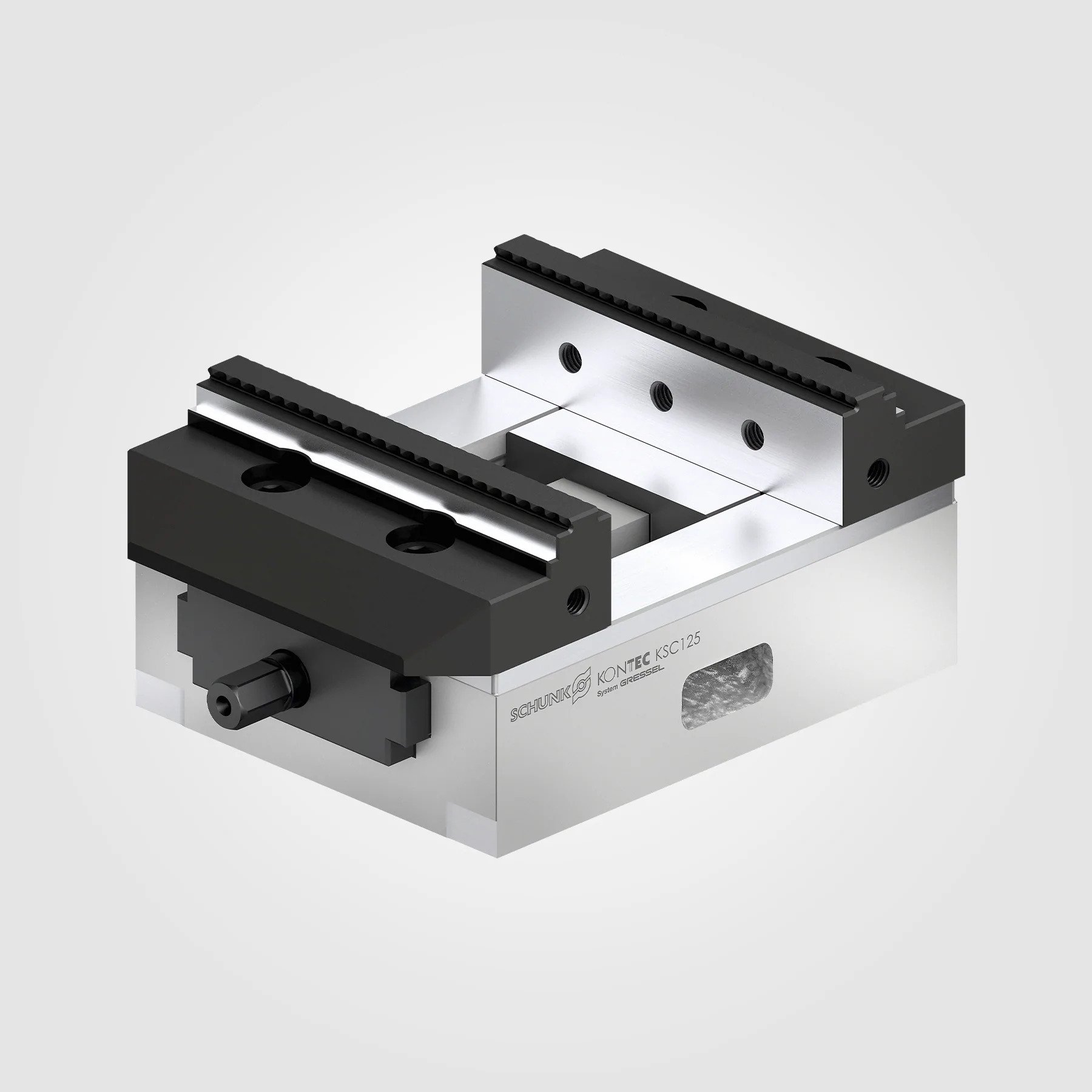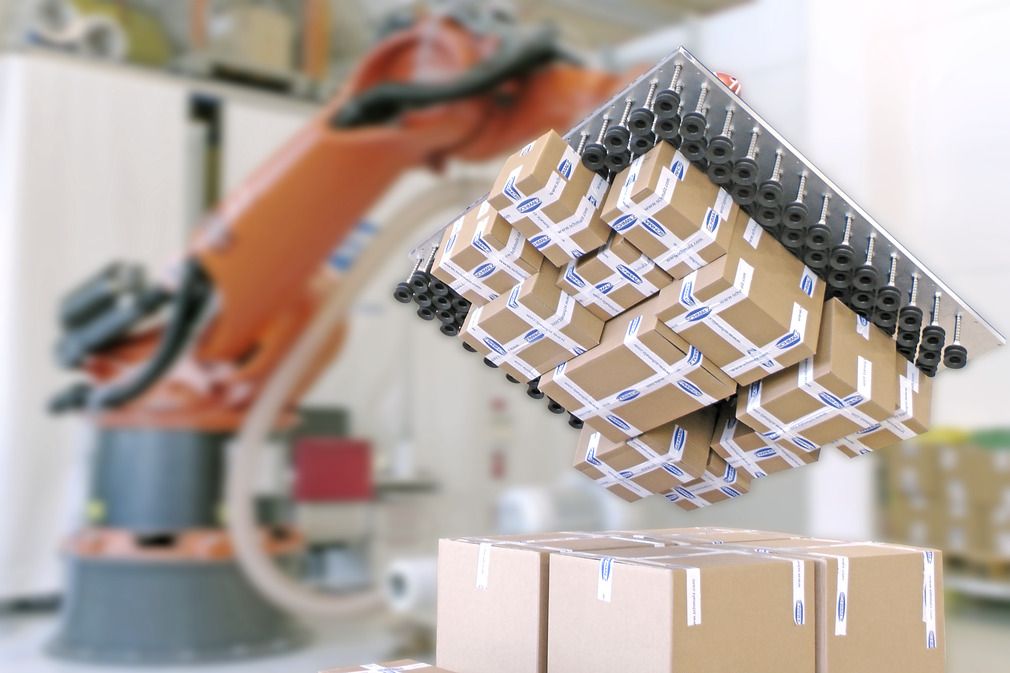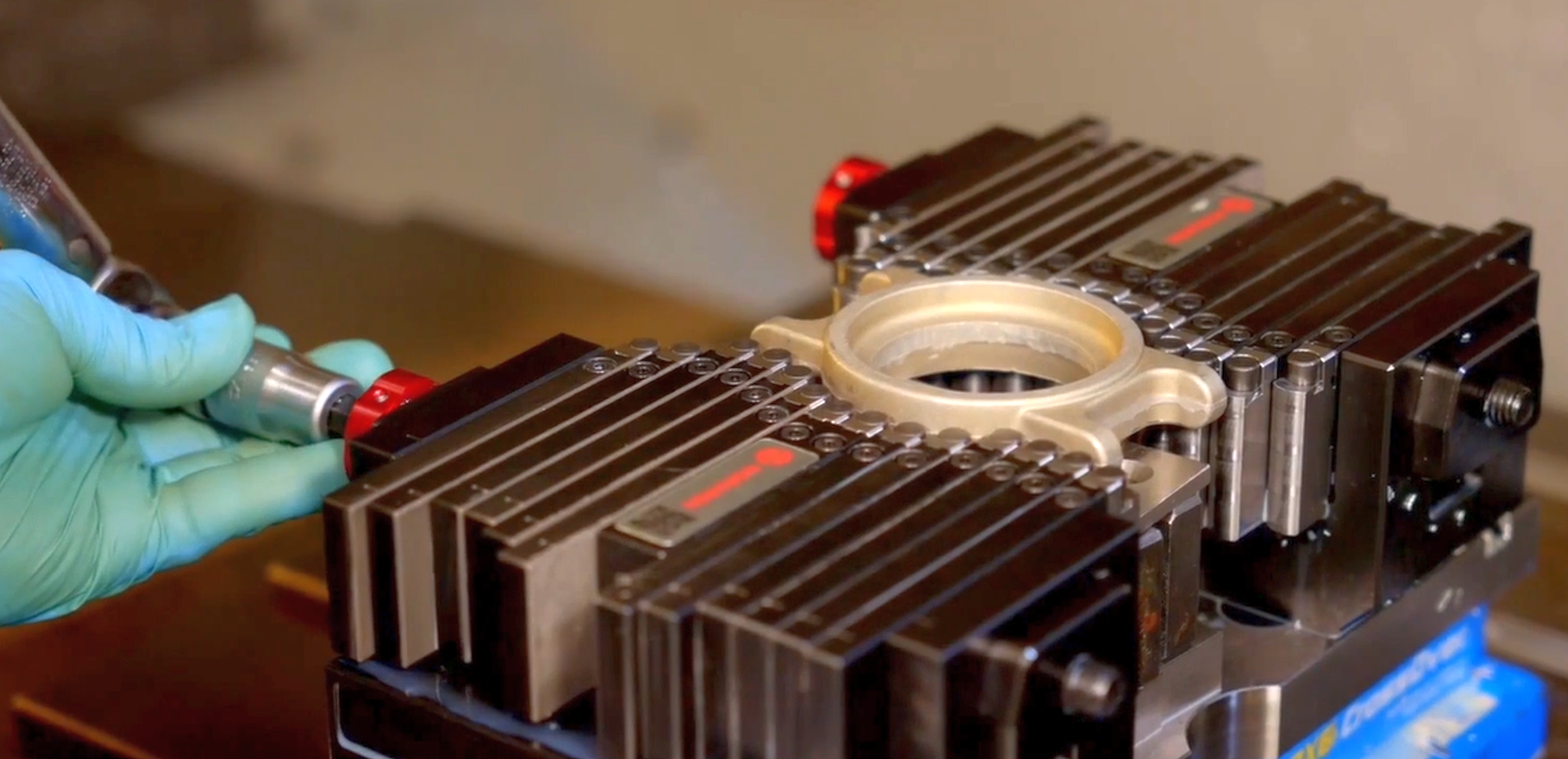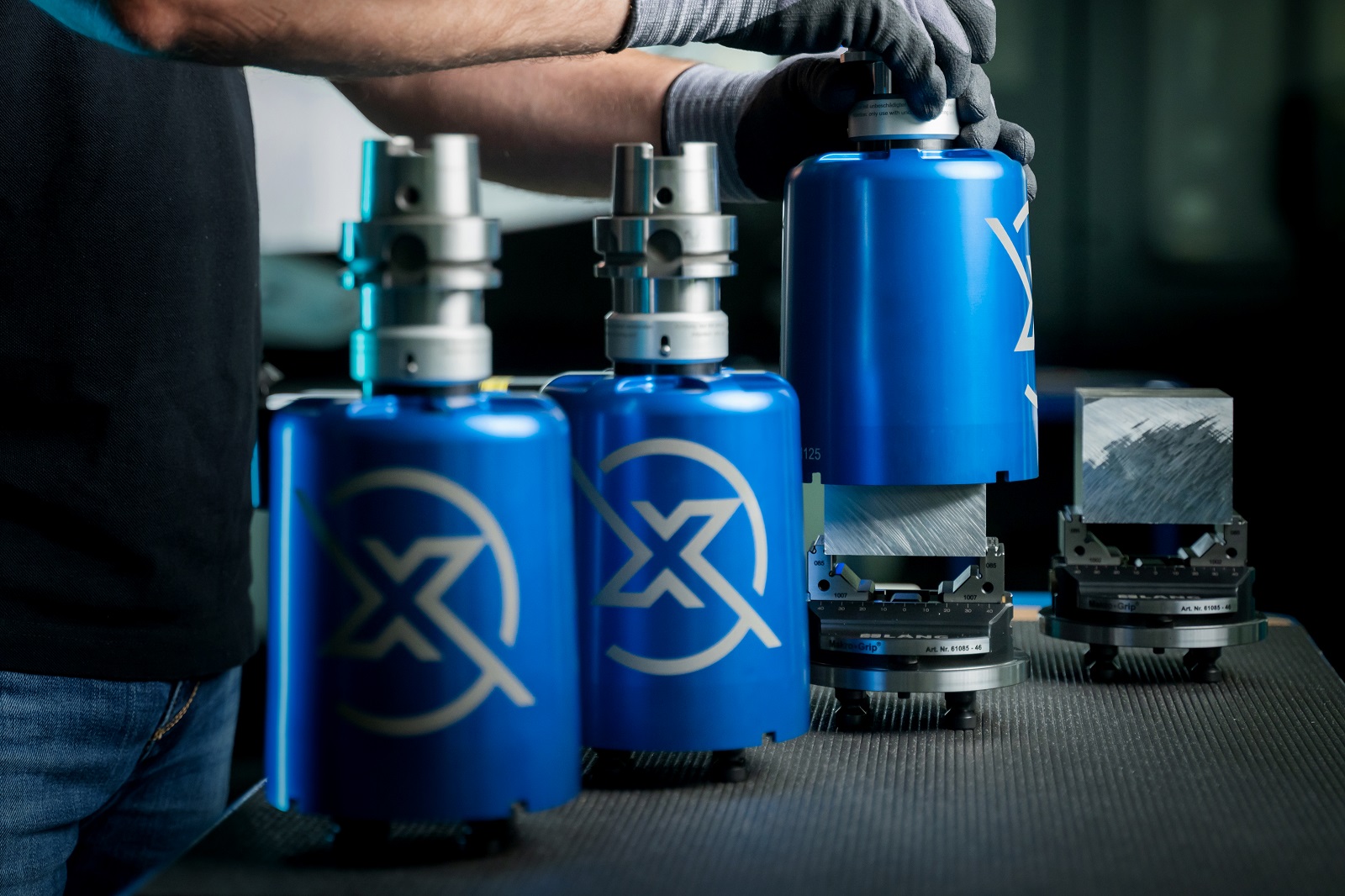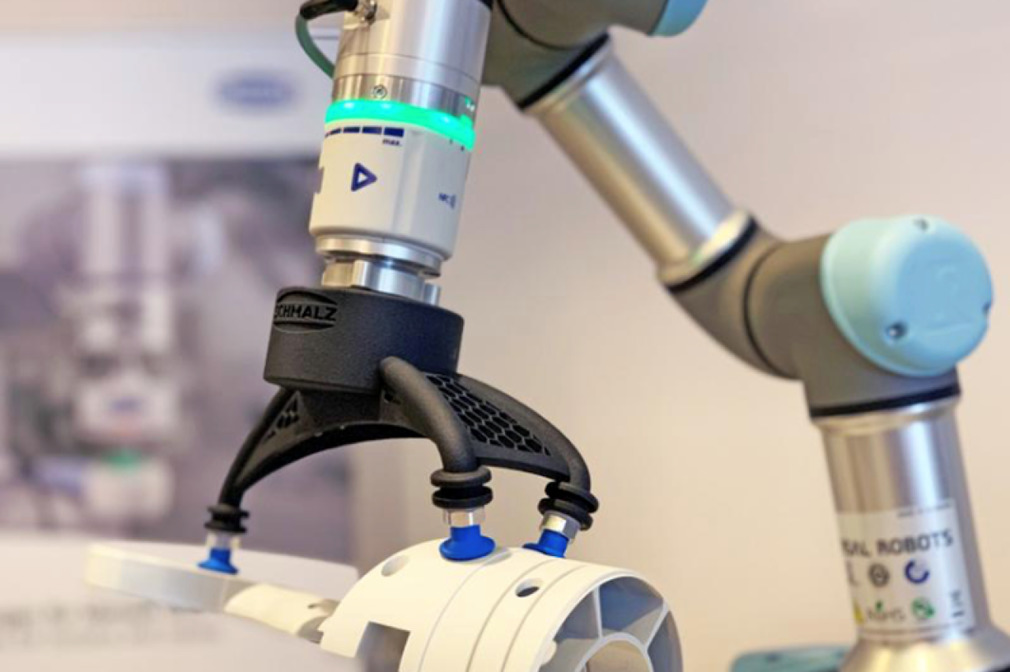Schunk says that its new Kontec KSC3 manual basic clamping vice offers users a significant gain in process reliability: the nickel-plated base body protects against corrosion and wear and extends its range of applications.
When it comes to process-reliable workpiece clamping in the machining of raw and finished parts, the Kontec KSC centric clamping vice has established itself as a highly efficient all-rounder. Now, clamping device expert Schunk presents a successor that is in no way inferior in terms of reliability and precision. The new product also offers optimum corrosion protection due to its nickel-plated base body, making it suitable for use even in demanding environments, such as those with high humidity for example.
The Kontec KSC3 has an extremely flat design while an improved interfering contour ensures optimum accessibility, especially for five-axis machining. Another plus for process reliability is its encapsulated spindle. The enclosed design with better chip discharge via lateral grooves protects from dirt and reduces maintenance costs. Since its bearing is free from play, the vice has a repeat accuracy of up to ±0.01 mm, enabling highly precise machining of the first and second sides with only one clamping device.
Schunk’s new centric-clamping vice is 100% compatible with the predecessor KSC model and is exchangeable without any alterations to the program. The extensive range of system and top jaws – and easy jaw exchange via just two screws – enables the vice to be flexibly adapted to new clamping tasks in just a few steps.
Kontec KSC3 is available in sizes 80, 125 and 160. Due to efficient force transmission, workpieces are held securely with clamping forces of up to 35 kN.
For further information www.schunk.com






